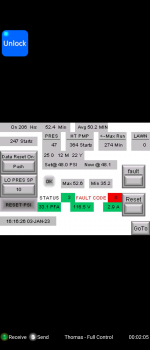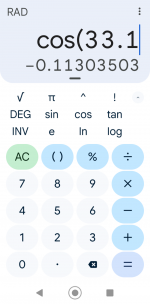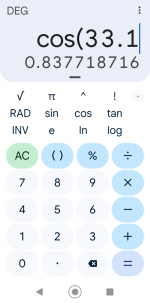A moving magnet or moving coil analog meter will deflect against the return spring in direct proportion to the instantaneous voltage or current. The mass of the moving parts will average out the applied torque over time. So the meter deflection will be directly proportional to the average rectified AC current.
If you assume a sine wave, then a simple scale factor will allow the meter to read RMS voltage rather than average. For non-sinusoidal waveforms there will be an error. This error will be comparable to that of a digital meter that also senses the average rectified current.
A moving iron meter, where the torque is proportional to the square of the instantaneous current will average the square of the current or voltage, the MS part of RMS. From there a non-linear scale calibration can read out the square root of that value.



